They were once considered the most threatened bird in the world: with just four remaining individuals on the island in 1974, the Mauritius kestrel (Falco punctatus) seemed doomed to extinction.
Now, it’s a conservation marvel, acting as an example for the translocation and reintroduction of other species too.
A team of scientists from five organizations analyzed the long-term trends of four isolated populations of reintroduced Mauritius kestrels in their recent paper published in the IBIS: International Journal of Avian Science.
Their findings help shed light on the key ingredients for successful wildlife reintroductions, a conservation practice where scientists raise newborn animals in captivity and release them into the wild to boost population numbers.
Mauritius, an island smaller than the U.S. state of Rhode Island, lies 800 kilometers (500 miles) east of Madagascar in the Indian Ocean. It’s also where the dodo (Raphus cucullatus) famously went extinct in the 17th century, an unfortunate but enlightening moment for science, said Malcolm Nicoll, the paper’s lead author and senior research fellow at the Zoological Society of London’s (ZSL) Institute of Zoology.
“The extinction of the dodo brought about the realization that extinction was possible,” he said in an interview with Mongabay, adding that understanding failure helps people learn. “If you just try and ignore history, then you’re only going to make the same mistakes as other people have made in the past.”

The ups and downs of a conservation success story
The scientists found that some populations of Mauritius kestrels did far better than others, a mystery examined by the new research.
While they expected the western population to continue growing, it declined during a six-year gap in monitoring, and while the eastern population thrived, the northern population went locally extinct by the early 2000s. Why did some populations thrive while others vanished?
A number of factors influenced the populations’ varying success, including habitat quality, number of nest boxes, food availability, and invasive species predation. But overall, the researchers agree that the success of wildlife reintroductions hinges on consistent post-release monitoring.
“You’re never sure if your conservation management technique that you set up 20 years ago is as efficient in the current climate today as it was then,” Nicoll said. “You need to adjust, if necessary, and you can’t do that if you don’t monitor.”
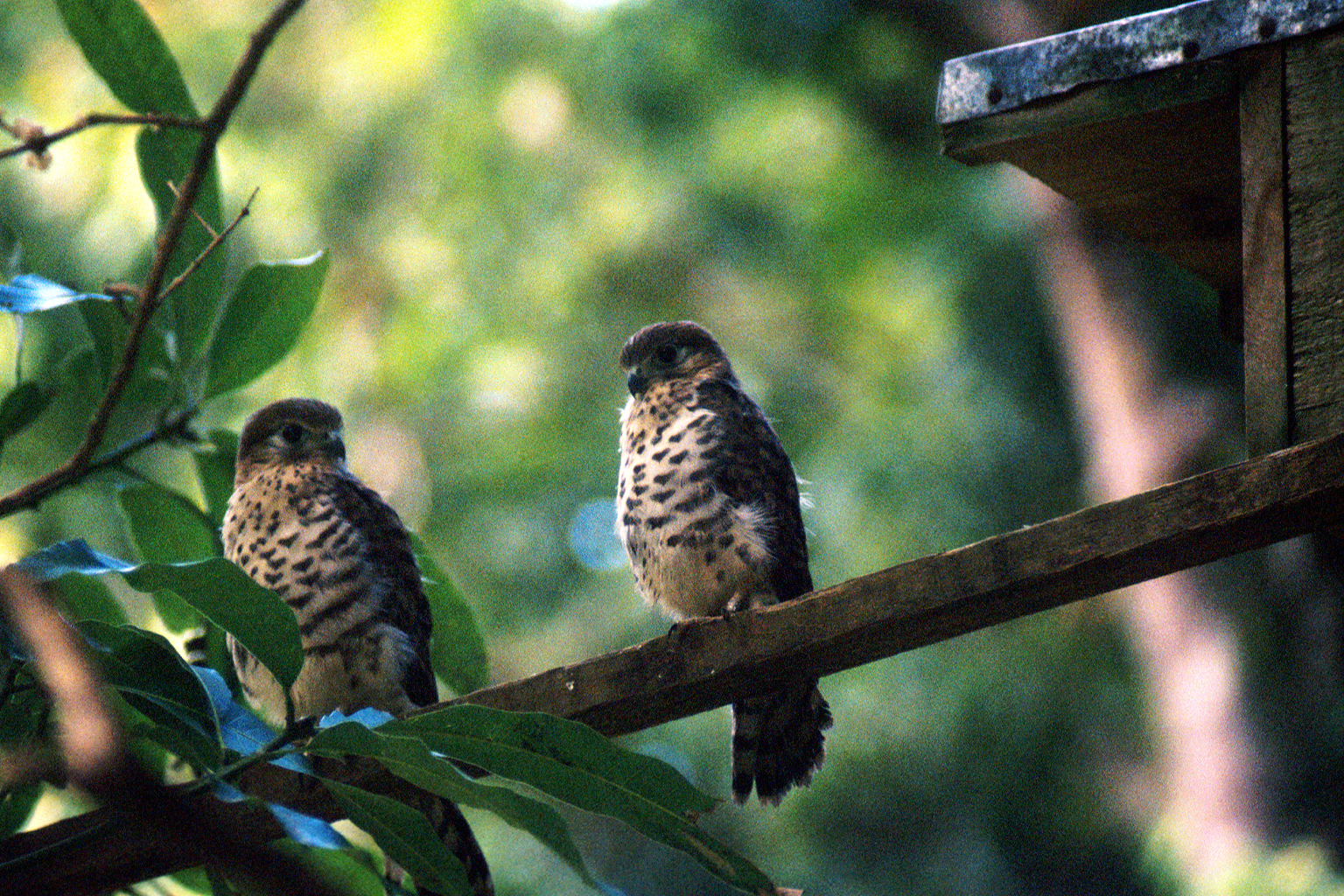
From four birds in the mid-1970s to roughly 400 by the late 1990s according to recent estimates, the Mauritius kestrel saw its conservation status on the IUCN Red List improve from critically endangered to vulnerable. Now, it’s down to endangered — not as dire as critically endangered, but worse than vulnerable — with scientists estimating fewer than 250 birds on the island.
“We are basically fighting against the odds,” said Vikash Tatayah, a co-author of the paper and conservation director for the Mauritian Wildlife Foundation (MWF). “It’s actually overcoming four centuries of human presence and disturbance on the environment, which in itself is a big challenge.”
Along with ZSL and MWF, the paper also included collaborators from the Durrell Wildlife Conservation Trust, Durrell Institute of Conservation and Ecology, the Peregrine Fund and the Mauritian government.
Funding played a large role in the success of the Mauritius kestrel effort, Tatayah said. It helped that the species is “majestic,” he added, making it appealing to donors. But while donor money helped save the Mauritius kestrel from extinction, funds stopped flowing in after its conservation status had improved to vulnerable, preventing scientists from monitoring each population continuously.
“The message to a funder is you have to actually support this work for decades,” Tatayah told Mongabay, rather than for just a few years.
Tatayah, a native-born Mauritian, added that the Mauritius kestrel is now the last surviving bird of prey on the island, saying it would have been a shame if it had gone extinct. It’s also one of the last remaining natural predators in the ecosystem, Nicoll added, making it an important umbrella species: one whose conservation helps protect other species too.
“The loss of any species is a tragedy,” Tatayah said. “But I think when you lose a bird as iconic as a bird of prey, that is a double disaster.”
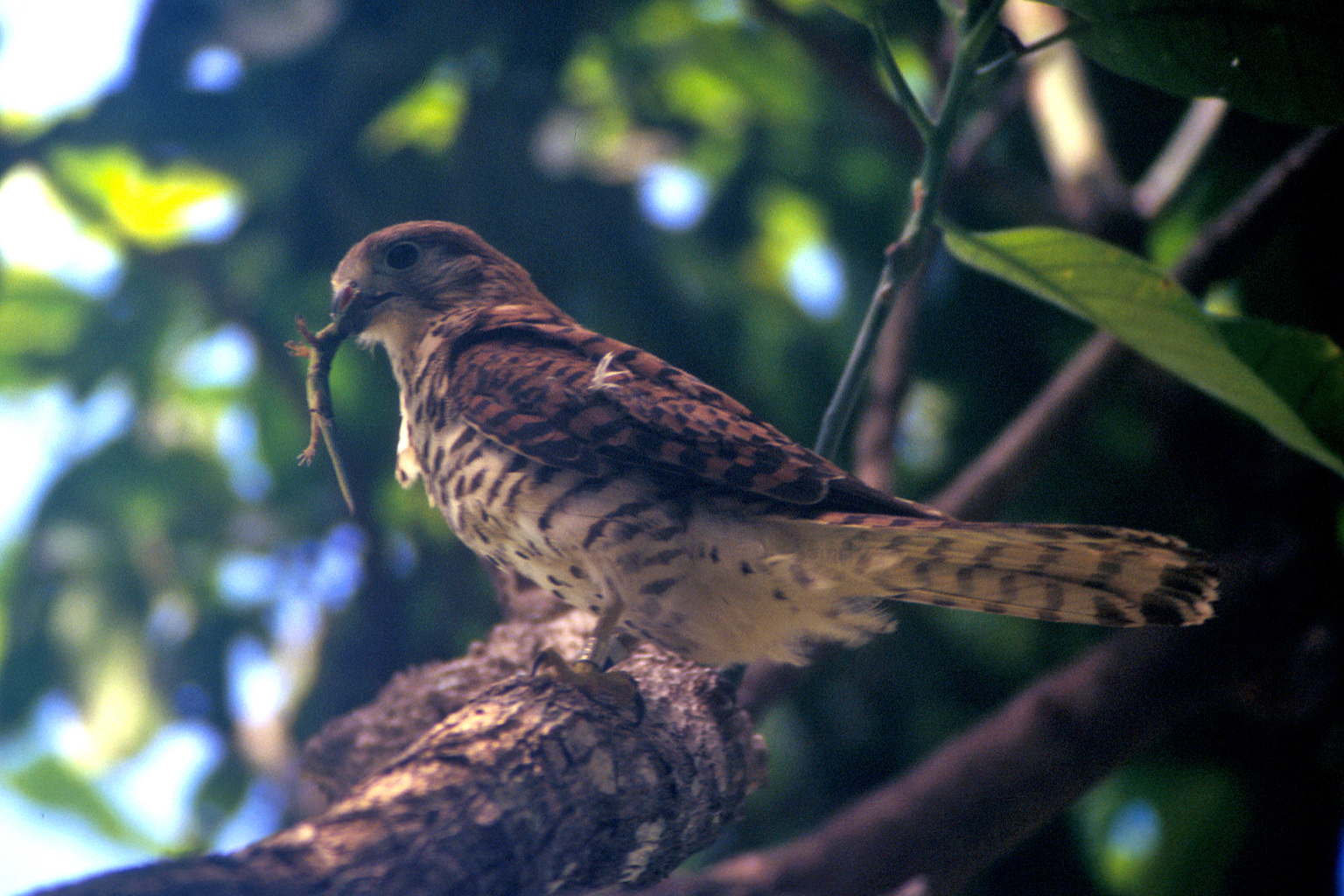
After analyzing the data in their recent paper, researchers found that the western population declined during the monitoring hiatus.
Throughout the 1990s, the population grew steadily, leading scientists to believe it would continue on that trajectory. But after the halt in funding prevented them from monitoring the western population for six years, the team discovered that the population wasn’t doing as well as birds in the east. By comparing breeding performance between the populations, they found that kestrels in the west had a much lower nesting rate due to fewer nest boxes and fewer natural nest sites.
Kestrels are more likely to make breeding attempts when nest boxes are available, Nicoll said, with two-thirds of all nesting attempts happening in nest boxes versus natural sites, like rock crevices and tree cavities.
“It’s tied into elements of life history decisions that birds make, trading off survival and investment in reproduction from one year to the next,” he said.
The nest boxes are designed to prevent long-tailed macaques (Macaca fascicularis) and small Indian mongooses (Herpestes auropunctatus) from getting inside, both of which are invasive and predate on eggs and fledglings, respectively. Ironically, mongooses were introduced to control invasive rats, which also prey on kestrel nests. Part of the team’s management strategy is to control mongoose and feral cat (Felis catus) populations at kestrel release sites by trapping and euthanizing them.
The kestrels also lay more eggs in nest boxes than they would in natural nest sites, leading scientists to focus their efforts on deploying — and improving — more nest boxes.

Now, the team is working to create sturdier nest boxes made of PVC rather than wood so they last longer and weigh less, Tatayah said. It’s one of several discoveries the researchers say wouldn’t have been made without long-term monitoring.
Releasing hand-fed birds into the wild isn’t the one-and-done “born free” moment many people might imagine. Release into the wild actually takes months, Nicoll explained, requiring careful monitoring, gradual decreases in feeding, and techniques adapted from falconry.
For example, researchers teach the chicks to associate the sound of a whistle with feeding time. That way, when they’re out in the wild, a simple blow of the whistle attracts an entire flock of hungry birds ready to sling back supper. Researchers feed the kestrels twice a day for two months and then reduce feeding to once a day until they are about 100 days old, Nicoll said.
“That is the most amazing experience, because you’ve got 26 wild kestrels all coming in and sitting in the trees around you waiting for you to dole out dinner,” Nicoll said. “It’s really cool.”

Wider lessons for wildlife reintroduction
Many of the techniques that were developed in conserving the kestrels were replicated for the recovery of other species too, Nicoll said, like the pink pigeon (Nesoenas mayeri) and echo parakeet (Psittacula eques), both also endemic to Mauritius. He said captive breeding of birds follows a set of basic principles, making it easy for wildlife managers to make adjustments for each species based on its particular biology, habitat and threats.
“What works on reptiles could well be relevant for birds. What works on birds, the same basic approaches can be relevant for mammals,” Nicoll said. “But of course, you have to take into account the biology of the species.”
Scientists will often “head-start” a bird population by taking eggs from a recently laid clutch, which prompts a natural response called double-clutching: an evolutionary response in some birds naturally triggered by threats such as predation or storms that might destroy a nest. Once the researchers take the eggs from the first clutch for captive rearing, the birds will produce a second clutch of eggs, helping boost the population.
Alison Greggor, a researcher in recovery ecology at the San Diego Zoo Wildlife Alliance, said her team uses the same technique for some of their bird reintroduction projects. She said the process helps ensure higher survival rates for threatened species like the critically endangered aga (Corvus kubaryi), a crow species endemic to the Mariana islands, and the ‘alala (Corvus hawaiiensis), a crow species endemic to Hawai’i that is now extinct in the wild.
Greggor said they also conduct anti-predator training to teach the birds that predators like Hawaiian hawks (Buteo solitarius) and invasive cats are a threat. They do so by using alarm calls and props to simulate threats, such as a taxidermy hawk “flying” overhead or a cat walking below branches where the birds are perched, teaching them that danger comes from both above and below.
“We really need to be able to prepare them [captive-reared animals] for the future that’s in front of them, because the habitats that they have now may not have the same challenges that they did [in the past],” Greggor said, adding that often climate impacts such as those outlined in the latest IPCC report aren’t always considered for wildlife as they are for humans.

Although the Mauritius kestrel study is focused on the tiny island nation of Mauritius, “it is applicable to any bird conservation projects around the world,” Tatayah said, where there’s an important lesson to learn about metapopulations, or larger populations made up of several smaller populations of the same species. Just because one part of the overall population is doing well doesn’t necessarily mean the rest of the population is doing well too, he said.
Despite the kestrel’s comeback over the past few decades, the species still faces a range of threats, Tatayah said: deforestation for housing, infrastructure and deer ranching for big game hunting, housing and infrastructure; invasive plants and animals; and dwindling numbers of prey like endemic day geckos due to habitat destruction. He said the Mauritius kestrel will be dependent on forest management and artificial nest boxes until forests can regenerate enough to provide ample natural nest sites for them.
His takeaway from the study: “Don’t take your eyes off the ball.”
Even when a species’ conservation status improves on the IUCN Red List, the same external threats can still persist, Tatayah said, stressing the importance of detailed data.
“The culture of conservation in Mauritius is such that you don’t see failure as failure,” Nicoll said. “You see failure as a lesson learned.”
Citations:
Nicoll, M. A., Jones, C. G., Groombridge, J. G., Henshaw, S., Ruhomaun, K., Tatayah, V., … Norris, K. Contrasting recovery trajectories of four reintroduced populations of the Endangered Mauritius Kestrel (Falco punctatus). Ibis. doi:10.1111/ibi.12987
Jones, C. G., Heck, W., Lewis, R. E., Mungroo, Y., Slade, G., & Cade, T. O. M. (1995). The restoration of the Mauritius kestrel Falco punctatus population. Ibis, 137, S173-S180. doi: 10.1111/j.1474-919x.1995.tb08439.x
Jones, C. G., Burgess, M. D., Groombridge, J. J., Dale, R., Tatayah, V., Zuel, N. & Nicoll, M. A. C. (2013). Mauritius Kestrel Falco punctatus. In Safford, R.J. & Hawkins, A.F.A. (eds) The Birds of Africa. Volume VIII: The Malagasy Region, 300-306. London: Christopher Helm.
Berger-Tal, O., Blumstein, D. T., & Swaisgood, R. R. (2020). Conservation translocations: A review of common difficulties and promising directions. Animal Conservation, 23(2), 121-131. doi:10.1111/acv.12534
Soorae, P. S. (ed.) (2018). Global Reintroduction Perspectives: 2018. Case studies from around the globe. IUCN/SSC Reintroduction Specialist Group, Gland, Switzerland, and Environment Agency, Abu Dhabi, UAE.
This article by Marlowe Starling was first published by Mongabay.com on 20 September 2021. Lead Image: A Mauritius kestrel in a tree cavity. Image courtesy of Malcolm Nicoll / ZSL/IOZ.
What you can do
Support ‘Fighting for Wildlife’ by donating as little as $1 – It only takes a minute. Thank you.
Fighting for Wildlife supports approved wildlife conservation organizations, which spend at least 80 percent of the money they raise on actual fieldwork, rather than administration and fundraising. When making a donation you can designate for which type of initiative it should be used – wildlife, oceans, forests or climate.

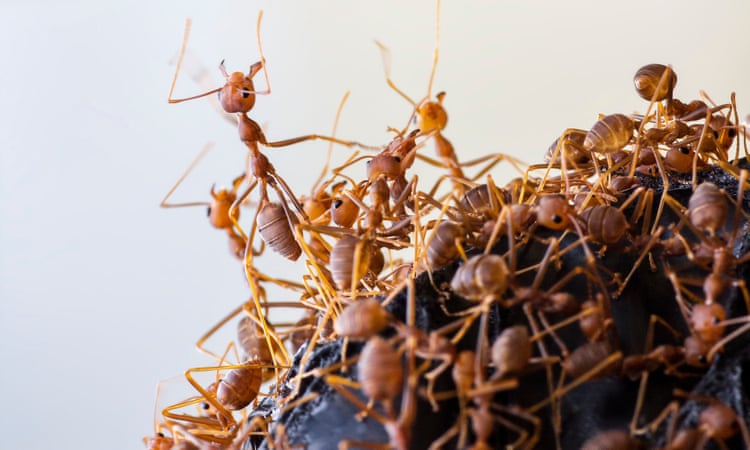


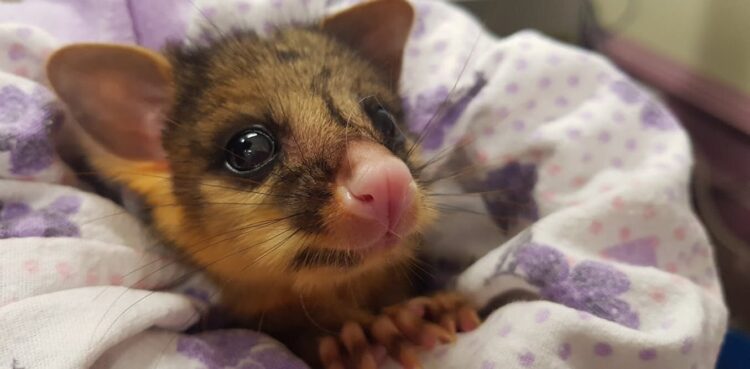
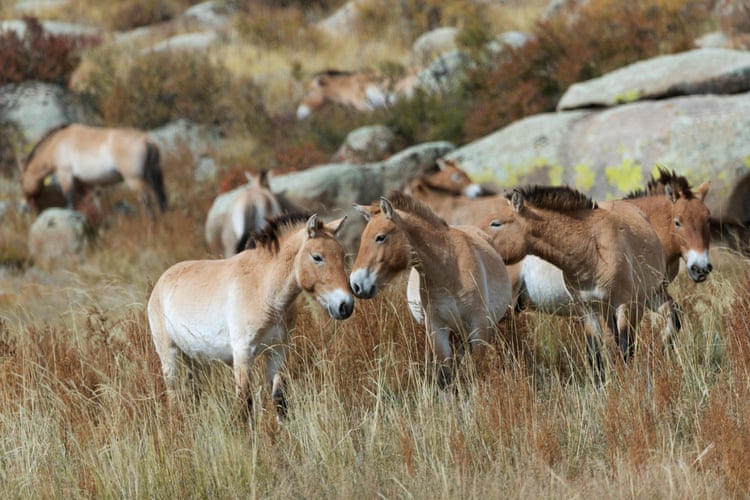

Leave a Reply